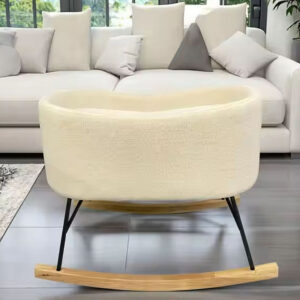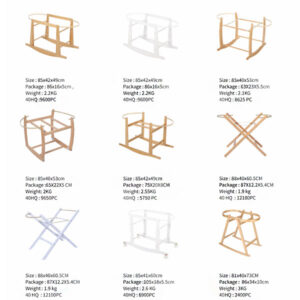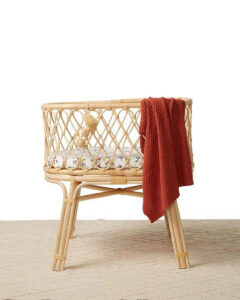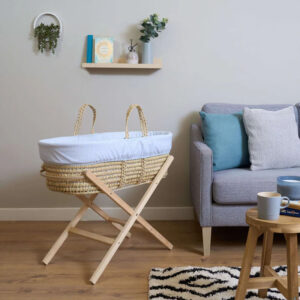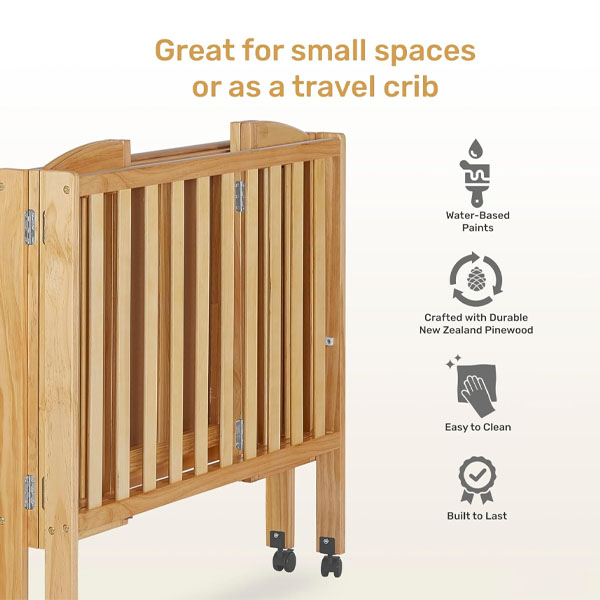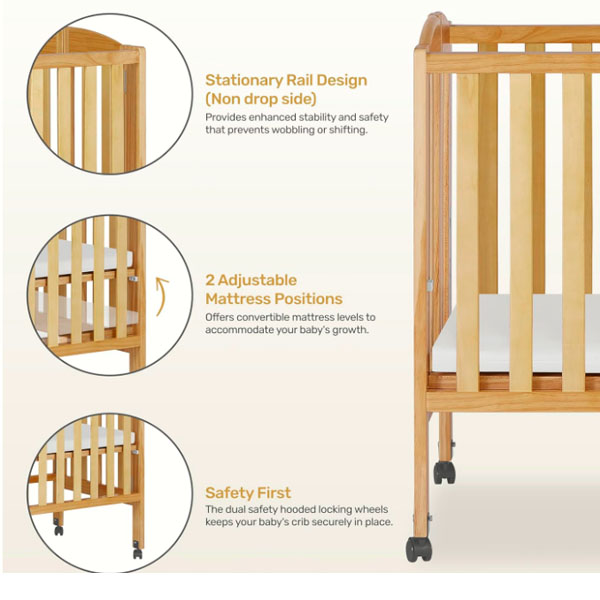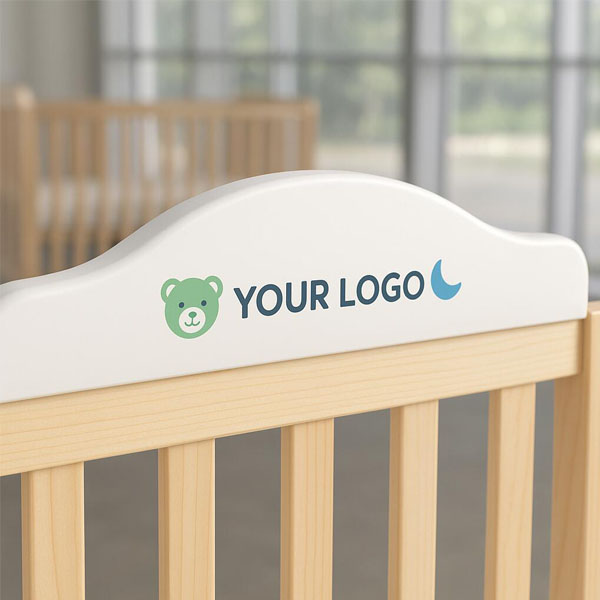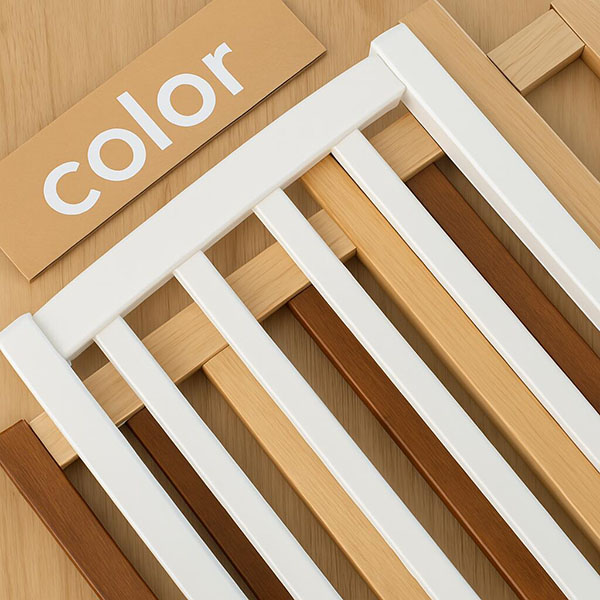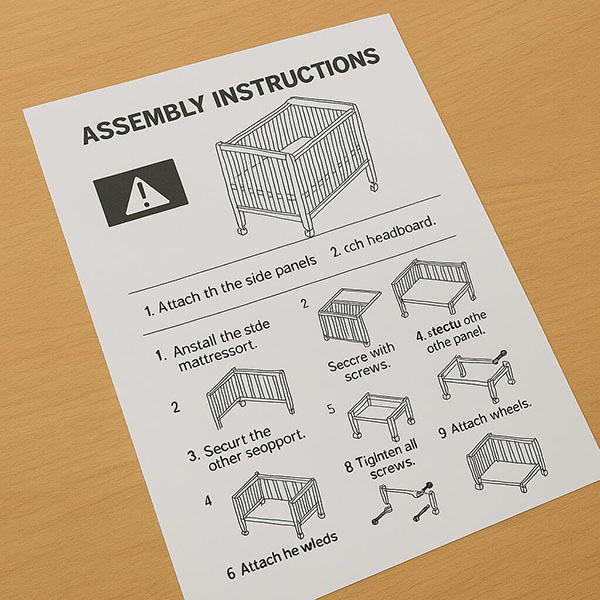Why Do Cats Scratch the Furniture?
Cats destroying your couch again? You’re not alone. Many cat owners struggle to understand this frustrating but totally natural feline habit.
Cats scratch furniture to mark territory, sharpen claws, stretch muscles, and release stress. It’s not spiteful behavior—it’s instinctive and necessary for their well-being.

You may think your cat is just being destructive. But the truth is, scratching is a complex behavior with deep biological and emotional roots. Let’s break it down so you can work with your cat, not against them.
Is it just about the claws?
Your cat isn’t just giving your sofa a free makeover. It goes deeper than that.
Scratching keeps claws healthy by removing dead outer layers. It also stretches the cat’s body and leaves scent marks to claim territory.
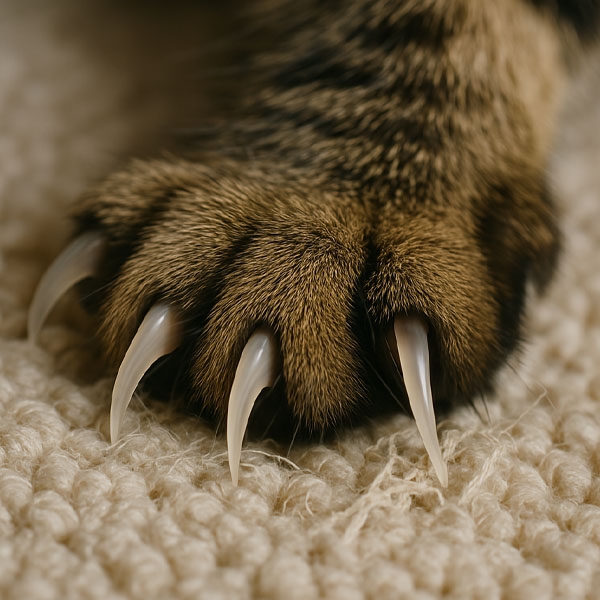
The Physical Need: Claw Maintenance
Scratching helps cats remove the dull, dead layers of their claws. It’s a natural grooming habit.
| Reason | How Scratching Helps |
|---|---|
| Claw Shedding | Removes outer layers of claws |
| Claw Sharpness | Keeps claws ready for defense or climbing |
| Muscle Stretching | Engages shoulders, legs, and spine |
When I started trimming my cat’s nails regularly and gave her a proper scratching post, the furniture damage dropped drastically. It showed me she wasn’t being "naughty"—she just didn’t have a better option before.
The Emotional Layer: Territory & Scent
Cats are territorial by nature. Scratching helps them say, “This is mine.”
| Type of Marking | What Happens |
|---|---|
| Visual | Scratch marks are visible signs of ownership |
| Scent | Glands in their paws leave their unique smell |
This behavior is even more common in multi-cat households. Each cat may scratch more often to maintain a sense of space. I noticed my cats scratched specific spots when a new pet was introduced—it was their way of feeling secure again.
Stress Relief: It’s Their Therapy
Cats use scratching to blow off steam.
| Stress Triggers | Scratching Response |
|---|---|
| New environment | More scratching for comfort |
| Boredom | Scratching for stimulation |
| Lack of attention | Scratching to get noticed |
Once I added more play sessions to our routine, scratching decreased. Cats often scratch more when they’re under-stimulated. That’s their way of asking for more from you—play, attention, variety.
Can I stop my cat from scratching furniture?
You can’t stop it—but you can redirect it.
Use scratching posts, horizontal pads, or wall mounts near scratched areas. Reinforce their use with praise, treats, or catnip.
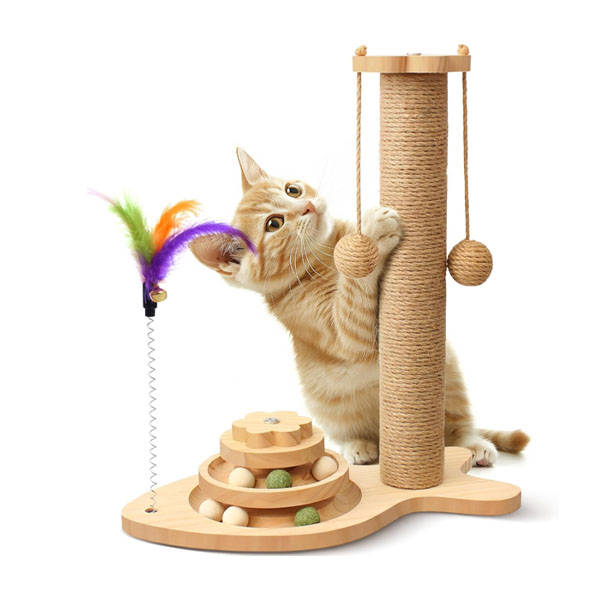
Placement Is Everything
Where you place the scratcher makes or breaks your strategy.
| Wrong Spot | Right Spot |
|---|---|
| Hidden in corner | Near furniture they already scratch |
| In unused room | In high-traffic area |
| Too high or short | Matches your cat’s stretch length |
Once I moved the scratching post next to the couch corner my cat loved, she switched almost immediately. She didn’t want to destroy my sofa—she just wanted to scratch there.
Material Matters
Cats are picky. The texture must feel right under their paws.
| Material | Likelihood of Use |
|---|---|
| Sisal rope | High |
| Cardboard | Medium |
| Carpet | Varies—some love it, some ignore it |
My cat ignored her plushy post until I replaced it with a rough sisal one. Suddenly it became her new favorite. Try different materials to find what your cat prefers.
Positive Reinforcement Works
Scolding doesn’t teach—it confuses. Focus on reward-based redirection.
| Action | Outcome |
|---|---|
| Praise for using post | Builds positive habit |
| Offer treats post-scratch | Reinforces behavior |
| Use toys near post | Creates attraction |
I started clicking and treating whenever she scratched her post. After a week, she was obsessed with it. Cats repeat behaviors that earn them good things.
Are some cats more likely to scratch furniture?
Absolutely. Age, personality, and environment all play a role.
Kittens, active breeds, and anxious cats tend to scratch more. Each cat has its own rhythm and preferences.

Age & Energy Level
Younger cats scratch more frequently. It’s part of play and exploration.
| Age Group | Scratching Behavior |
|---|---|
| Kittens | High, playful scratching |
| Adults | Regular, territorial scratching |
| Seniors | Less frequent, but still essential |
My older cat scratches less often but still loves her favorite post. Meanwhile, the younger one is a scratch machine and needs more outlets.
Breed & Personality
Some breeds are naturally more active and expressive.
| Breed | Scratching Tendency |
|---|---|
| Bengal, Abyssinian | High scratching frequency |
| Persian, Ragdoll | Lower scratching interest |
Energetic breeds need more mental and physical stimulation. Without it, scratching becomes their default release.
Environment Triggers
Busy, loud homes can make cats feel insecure, leading to more marking.
| Environmental Factor | Scratching Impact |
|---|---|
| Visitors or pets | More territorial scratching |
| Boring space | More destructive scratching |
| New furniture | New territory to mark |
After rearranging furniture, I saw my cat scratch way more. She was just re-marking her space. Once she was used to the new layout, it normalized again.
Conclusion
Cats scratch furniture because it fulfills physical, emotional, and territorial needs. Give them better alternatives—and they’ll take the hint.

